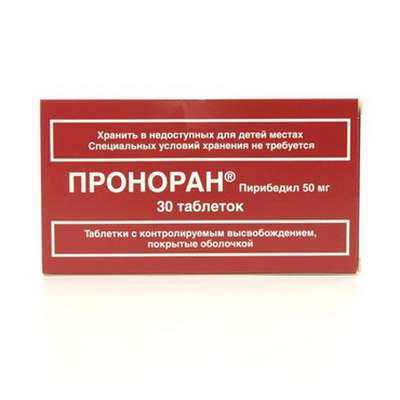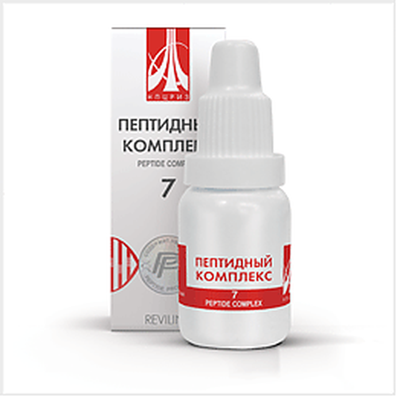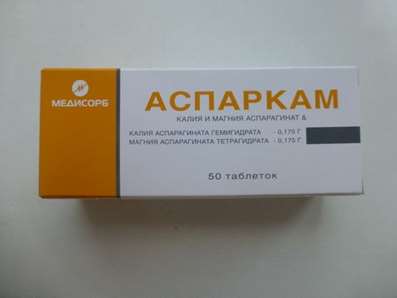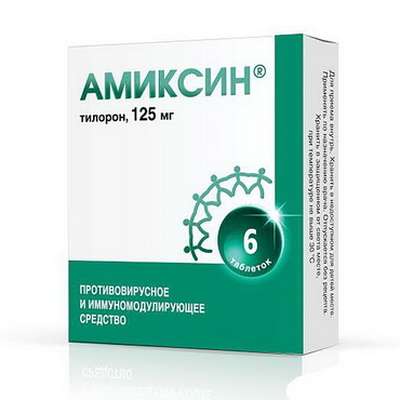Instruction for use: Danoval
I want this, give me price
ATX Code G03XA01 Danazol
Active substance: Danazol
Pharmacological group
Hormone Hypothalamus, Hypophyse, Gonadotropin und deren Antagonisten
Nosological classification (ICD-10)
D24 Benign neoplasm of breast
Benign neoplasm of mammary glands, Benign mammary gland disease, Neoplastic processes in the mammary gland, Tumors of the mammary glands, Papilloma of the ducts of the mammary gland
E30.1 Premature puberty
Premature puberty, Premature sexual development, Premature puberty in girls, Early puberty, Primary premature puberty
N62 Hypertrophy of the breast (breast) gland
Gynecomastia, Hypertrophy of the mammary glands, Macromastia
N80 Endometriosis
Endometrioid endometriosis
N92 Abundant, frequent and irregular menstruation
Metromenorragii, Menorrhagia, Menorrhagia primary, Polymenorea, Idiopathic menorrhagia, Menorrhagia, Functional metronormorragia, Primary menorrhagia
N94.3 Premenstrual tension syndrome
Pronounced premenstrual syndrome, Menstrual psychosomatic disorder, Menstrual syndrome, Premenstrual tension, Premenstrual status, Premenstrual period, Premenstrual syndrome, Menstruation syndrome
T78.3 Angioedema
Edema Quincke, Laryngeal exacerbation with angioneurotic edema, Recurrent angioedema, Allergic edema, Recurrent swelling of Quincy
Composition
1 capsule contains danazol 100 or 200 mg; In bottles of dark glass for 100 pcs., In a box 1 bottle.
pharmachologic effect
The pharmacological action is antigonadotropic.
Suppression of pituitary LH and FSH secretion in men and women.
Clinical Pharmacology
Danazol does not have a significant estrogenic or progestogenic effect, but when taking large doses, a weak androgenic and anabolic effect is noticeable.
Indication
Endometriosis, benign neoplasms of the mammary glands (especially fibrocystic mastopathy), primary menorrhagia and premenstrual syndrome, primary premature puberty, gynecomastia, hereditary angioedema.
Contraindications
Hypersensitivity, porphyria, mammary carcinoma, genital bleeding of unclear etiology in the period until confirmation in subsequent studies of the diagnosis of carcinoma, acute failure of hepatic, renal and cardiac functions, diabetes mellitus, pregnancy, lactation.
Side effects
Acne, swelling, hirsutism, reduction in the size of the mammary glands, coarsening of the voice, oily skin, greasy hair, weight gain, hair loss, face redness, sweating, vaginitis, neurosis, emotional lability, lack of menstruation, thrombocytosis, thrombocytopenia, increased The risk of bleeding in patients suffering from hemophilia, cholestasis, jaundice, dyspeptic disorders, convulsions, skin rashes.
Interaction
Enhances the effect of anticonvulsants and anticoagulants.
Dosing and Administration
Inside. Adults: 200-800 mg in 2-4 admission; With endometriosis begin with a dose of 400 mg / day. Treatment lasts 6 months or more; Benign breast diseases - 300 mg / day for treatment duration from 3 to 6 months; With primary menorrhagia and premenstrual syndrome 100-400 mg / day (most often 200 mg / day) for 3 months; Gynecomastia in men - 200-600 mg; Hereditary angioedema, the initial dose - 600 mg / day. The dose gradually decreases to a supporting dose, which is usually 200 mg.
Children (with premature puberty) from 100 to 400 mg / day, depending on the age and severity of the disease.
Precautionary measures
During the period of treatment, it is necessary to use mechanical contraceptives. Before the start of therapy, pregnancy, breast carcinoma and prostate carcinoma should be excluded.
storage Conditions
In the dark place at a temperature of no higher than 25 ° C.
Keep out of the reach of children.
Shelf life
5 years.
Do not use after the expiry date printed on the package.

 Cart
Cart





